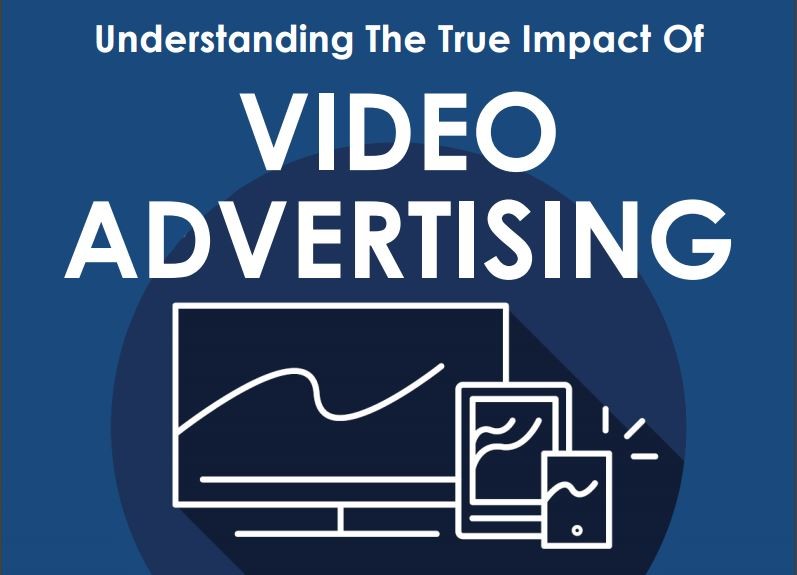
There has been a lot of discussion in market about viewability over the last few years, we must remember this is just one metric on the road to assessing digital advertising effectiveness. Smart marketers are now looking beyond viewabilty, to metrics that will assess the engagement of the consumer sitting behind the screen and the impact of the inventory.
Videology approached Gateway Research with a few questions about the effectiveness of video advertising inventory;
- How does attention on video advertising differ across tv, desktop and smartphones?
- What differences are there in the emotional responses to video advertising creative across screens?
- What is the best approach to ad sequencing and frequency?
- What creative elements are driving effectiveness?
So Gateway Research and Videology partnered to try and uncover key attention metrics and the true emotional impact of video advertising, beyond standard usage statistics and viewability scores. Ad tech has been a key factor in improving the digital workflow in the last few years but the industry often loses sight of the most important piece of the advertising puzzle, the consumer.
For the study, Understanding the True Impact of Video Advertising, 1,290 ad spots were analysed across the three main screens – TV, desktop and mobile – to gauge viewer reaction. In an Australian market first, using a combination of eye-tracking, facial recognition and biometric technology, the study measured attention, emotion and recall amongst 60 participants.
The study found that:
- Desktop found to be as effective as TV in driving emotional impact – consumers are embracing screens equally, with similar emotional reactions recorded across TV, desktop and mobile
- Screen type is not the primary driver of impact – consumers are focused on content, rather than device as message attention and ad recall showed little difference between screens. ‘TV or Desktop exposure, then Mobile’ created highest emotional connection with consumers
- High quality creative is key to success – testing and optimising creative for digital and TV should be standard
- Overcrowded ad creative leaves consumers overwhelmed – 11% increase in viewer attention when comparing uncrowded and crowded creative messaging
- Optimise your mobile creative in particular – decluttered creative and clear, concise messaging, creates greater impact
- Targeting increases ROI by up to 27% versus non-targeted campaigns
- Target market/Purchase Intender targeted campaigns produce 27% uplift in recall versus non-targeted campaigns
- Demo targeted campaigns produce 23% uplift in recall versus non-targeted campaigns
- Positive emotion increased 10% versus non-targeted campaigns when targeted to Target market/Purchase Intenders
- As an industry we need strong-cross-media tools – with the increasing diversity of consumer behaviour, we can no longer rely on assumptions regarding cross-media activity. A converged panel or equivalent would significantly increase the accuracy of cross-media planning and measurement
- Go beyond viewability metrics to consider consumer triggers – as viewability issues are increasingly being addressed by the market, it allows brands to move on and work toward delivering against more sophisticated attention metrics
- Remember the person behind the screen – ensure you have a strong understanding of the consumer journey at planning time, working with a technology partner that enables you to activate and measure against this seamlessly
- When looking at the key triggers for generating attention, emotion and recall with consumers, the study found the top three stimulus to be:
- Attention – 1) Ad position 2) Creative 3) Consumer affiliation to ad category
- Emotion – 1) Creative 2) Ad position 3) Consumer affiliation to ad category
- Recall – 1) Frequency 2) Consumer affiliation to ad category 3) Ad position
- The most effective triggers to feature in ad creative are:
- Attention – Familiar faces, Movement, Animals
- Emotion – Music, Humour, Familiarity
By synchronising the three data sets of attention, emotion and recall, then appending this with participants’ regular media habits, advertiser category interest and ad recall data, the report has created a unique dataset on video advertising consumption within the Australian market.
Ken Pao, Managing Director, APAC, Videology said, “So much of the video-related research previously released in market has focused on simple usage statistics. Based on in-depth analysis of consumer viewing habits, in a live setting, this study lifts the lid on the black box of consumer behaviour and uncovers what it really takes to capture viewer attention.”
“Having championed TV and Video advertising as the perfect media partners for years, Videology was delighted to discover that consumers are embracing screens equally, showing similar emotional reactions, regardless of device,” added Pao.
(You can view the full report here.)